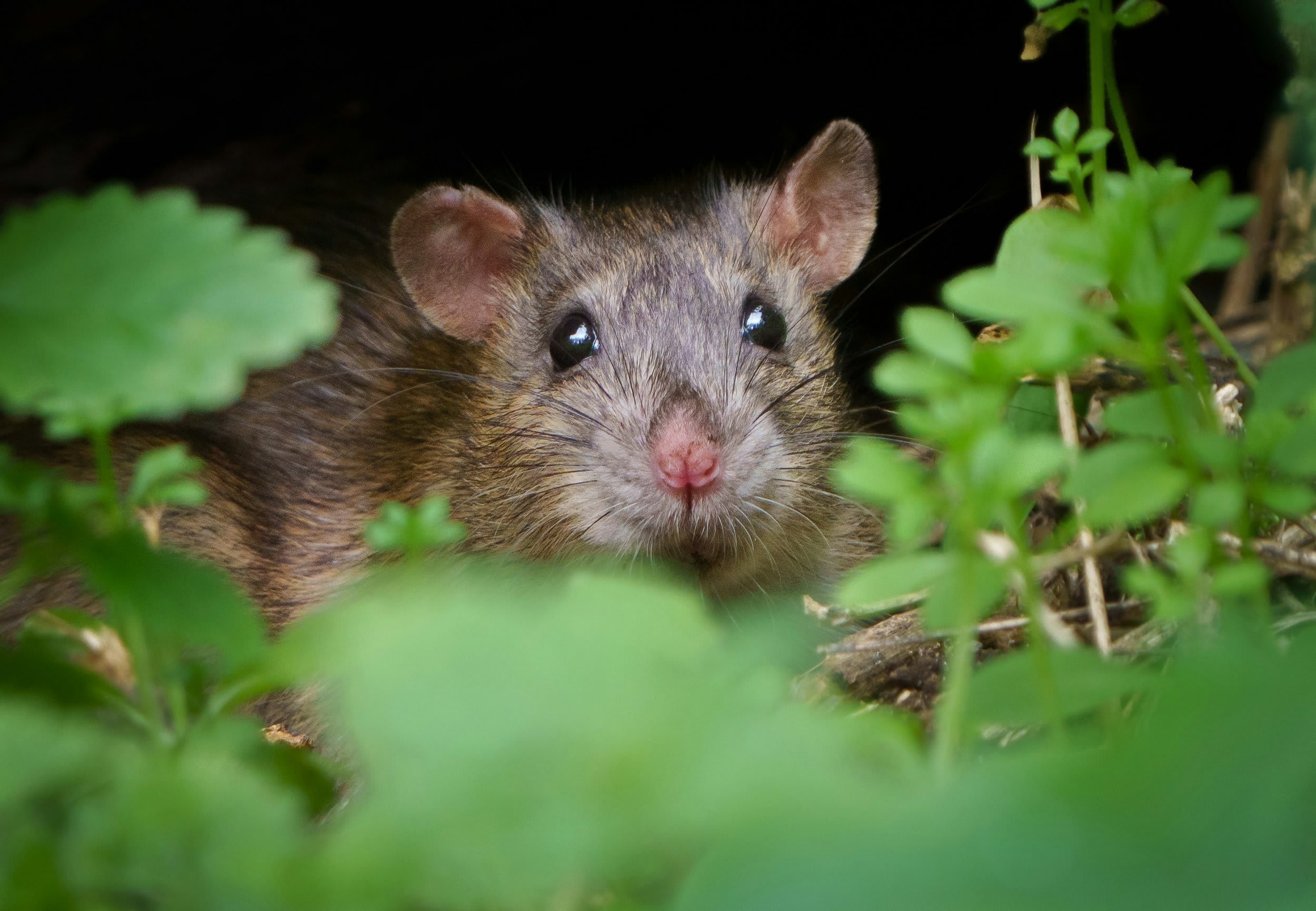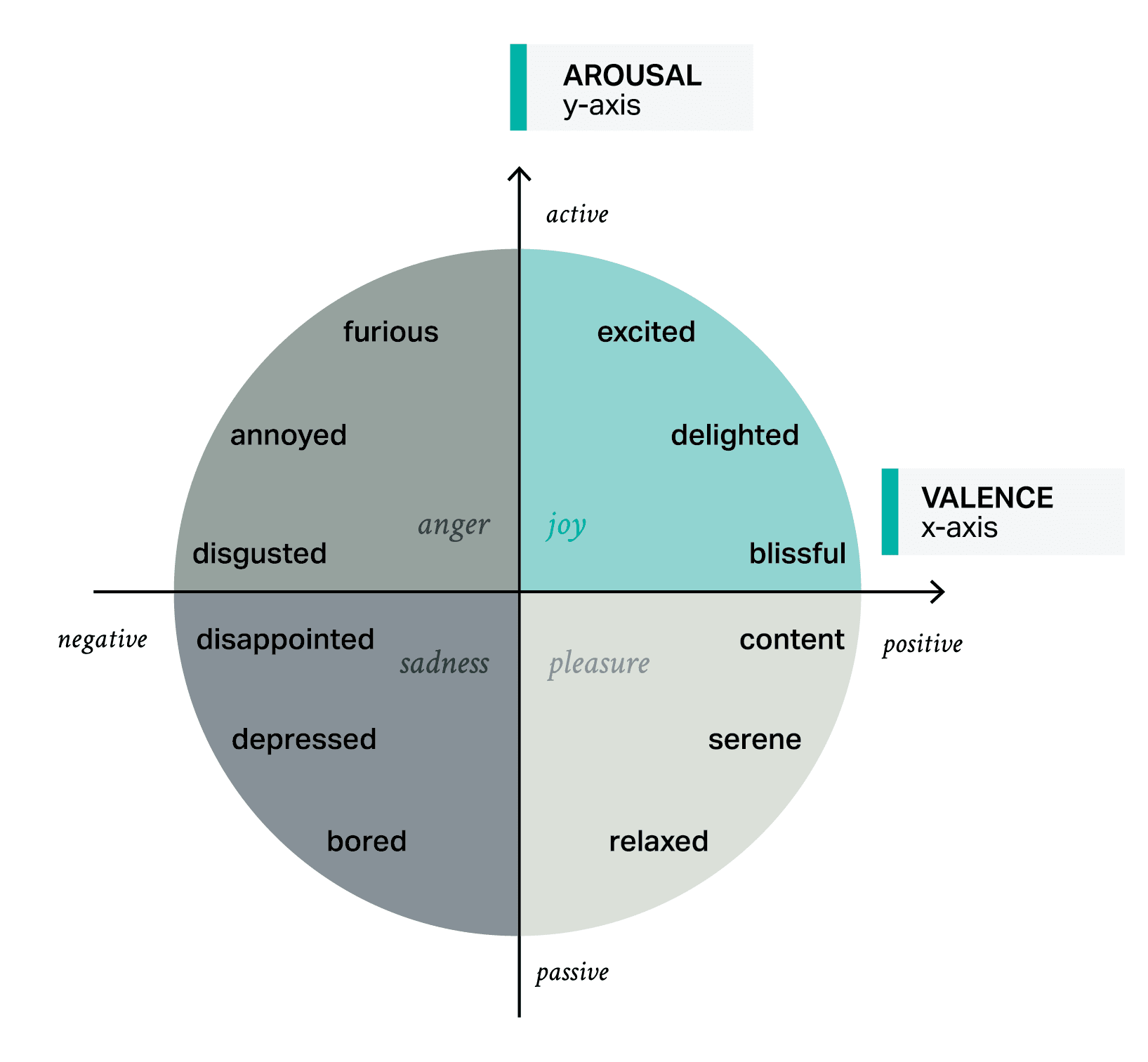Core Concepts: Assessing welfare
By Vasco Grilo🔸 @ 2025-07-03T18:11 (+15)
This is a linkpost to https://www.wildanimalinitiative.org/blog/assessing-welfare
This is a crosspost for Core Concepts: Assessing welfare by Wild Animal Initiative, which was originally published on their blog on 2 April 2025.

April 2, 2025
Validating ways to assess welfare is one of our priority research areas. To answer questions about wild animals’ subjective experiences, we have to be able to assess their welfare at a given point in time, and how it changes over time.
We define welfare as the valenced affective state of an animal over a given period of time — or in simpler terms, the goodness or badness that an animal is mentally experiencing. We can visualize an animal’s valenced affective state with an arousal-valence model, where the x-axis is valence (the quality of welfare — positive, negative, or neutral) and the y-axis is arousal (the intensity of the affective state).

It’s helpful to be familiar with arousal-valence models when considering the different types of assessments of welfare, because some of those assessments provide information about valence and others provide information about arousal.
Welfare assessments
Welfare can’t be measured directly, so instead, scientists use a variety of indicators and metrics to make well-informed inferences about welfare.
Indicators are measured variables that allow us to infer something about the subjective welfare experience of an individual animal. There are whole-animal indicators, which can give a holistic picture of the animal’s emotional state and sometimes their state of arousal, as well as partial indicators, which provide information about a single component of welfare, a single cause of the welfare state, or a single effect of the welfare state.
We also sometimes use environmental indicators, which are partial indicators that assess a resource or challenge, like predation. But these lack a direct relationship to valence. You can think of these more like welfare risk indicators: They give you an idea of something in the environment that could be affecting the welfare state.
Welfare metrics are assessments that incorporate multiple indicators to provide one score or categorical state of overall welfare. The welfare metrics we have now were developed for captive animals; there is not yet a metric specifically designed for wild animals only. We think with more research, a wild animal welfare metric that is applicable and feasible across taxa could be developed in the near future.
Examples of welfare indicators
It’s important to remember that no single indicator is sufficient on its own to assess welfare. Wild animal welfare scientists use a combination of indicators to infer an animal’s emotional state. Below are some of the indicators they might use.
Whole-animal behavioral indicators
- Qualitative Behavioral Assessment (QBA): This is an assessment of the expressiveness of an animal’s behaviors overall — not which behaviors the animal is performing, but how they are performing them. The QBA has been validated for several captive species, but has not yet been validated for wild animals, though it shows great promise.
- Activity budgets: This is essentially a log of how the animal is spending their time. For example, how much time do they spend each day foraging, resting, interacting with other individuals, watching for threats, etc. And in the case of rest, is it normal rest (which could be associated with positive valence) or are they withdrawing from the environment (which could be associated with negative valence)?
- Cognitive bias tests: Depending on an animal’s emotional state, they might be expected to exhibit certain behaviors in certain situations. By presenting them with a certain situation and observing how they respond, we can make inferences about their emotional state.
Partial behavioral indicators
- Fear: Fear behaviors such as vigilance or neophobia are associated with negative valence.
- Play: Not all species play, but for those that do, play behaviors are often (but not always) associated with positive valence.
- Social interactions: When a scientist knows their study species very well, they are able to recognize social interactions that are typically associated with positive or negative valence.
Whole-animal physiological indicators
- Telomeres: The rate at which telomeres have shortened can provide information about welfare over an animal’s lifetime (their cumulative welfare).
- DNA methylation: DNA methylation can change over time, and it can build up more quickly when an animal has been dealing with extensive physiological stress.
- Hippocampal volume: There is a correlation between the size of the hippocampus and an animal’s overall welfare over a long period of time. But measuring the hippocampus requires an MRI machine, so this often would not be a feasible method for scientists studying wild animals.
Partial physiological indicators
There are many partial physiological indicators available, but many of them have not been validated, or they come with a lot of caveats. These are a few of the most promising ones for studying wild animal welfare.
- Disease, injury, and parasitism: These impairments are usually associated with negative valence, but to gain insights about welfare, it’s important to look at the symptoms they actually cause in an individual, and not just whether the impairment is present. For example, an animal might have had an asymptomatic viral infection, so a viral load is present, but the animal’s welfare is not actually affected.
- Hormones: Some studies have shown that variations in certain hormones could imply something about an animal’s welfare. These are difficult to validate as indicators, but there’s a lot of promise.
- Physiological stress measures, such as: glucocorticoids, core temperature, surface temperature, breathing rate, heart rate, or heart rate variability. These can provide important data about arousal.
Examples of welfare metrics
- Five Domains Model: This model aggregates four physical domains (nutrition, environment, health, and behavior) to assign an affective state score to the fifth domain, the animal’s mental state. It is the only welfare metric that has been used on wild animals.
- Welfare Quality® Assessment Protocols: These assessments, used for farmed animals, evaluate which species-specific needs are being met in the animal’s captive environment. Something similar to these evaluations could ultimately be developed for some species of wild animals.
- Cumulative pain: This type of evaluation collates the types and causes of suffering that an animal is experiencing, ranks their severity, and provides a score. The score indicates how much of this animal’s life they have spent in pain, and how severe has the pain been.
Ongoing and future research
These indicators and metrics are useful for wild animal welfare scientists now, but we still need more indicators and metrics to be validated to help us learn about more welfare components, and about the welfare of more species.
Validating welfare indicators is one of our research priorities. As of the time this post was published, we have given grants to researchers working to validate new welfare indicators and metrics such as: cognitive bias tests for bees, squirrels, and birds; a frailty index for insects; and fecal glucocorticoid metabolites as a suitable non-invasive alternative to blood analysis.
SummaryBot @ 2025-07-03T18:52 (+3)
Executive summary: This post from Wild Animal Initiative outlines current approaches to assessing wild animal welfare using the arousal-valence model, indicators, and composite metrics—highlighting both promising tools and the need for further validation, especially for wild species. Key points:
- Welfare is defined as an animal’s valenced affective state—how positive or negative their experiences are over time—often visualized through an arousal-valence model where valence represents emotional quality and arousal represents intensity.
- Welfare can’t be measured directly, so scientists infer it using indicators (behavioral, physiological, and environmental) and welfare metrics that aggregate multiple indicators.
- Whole-animal indicators (like Qualitative Behavioral Assessment or activity budgets) provide a broad view of emotional state, while partial indicators (like fear behaviors or hormone levels) target specific components.
- Environmental indicators assess potential welfare risks (e.g., predation) rather than current welfare states and are thus less direct.
- Existing welfare metrics like the Five Domains Model and cumulative pain scores are in use, but most were developed for captive animals and need adaptation for wild contexts.
- Validation of new indicators is a research priority, with current efforts focused on tools like cognitive bias tests for birds and bees, frailty indexes for insects, and non-invasive stress measurements such as fecal glucocorticoid metabolites.
This comment was auto-generated by the EA Forum Team. Feel free to point out issues with this summary by replying to the comment, and contact us if you have feedback.